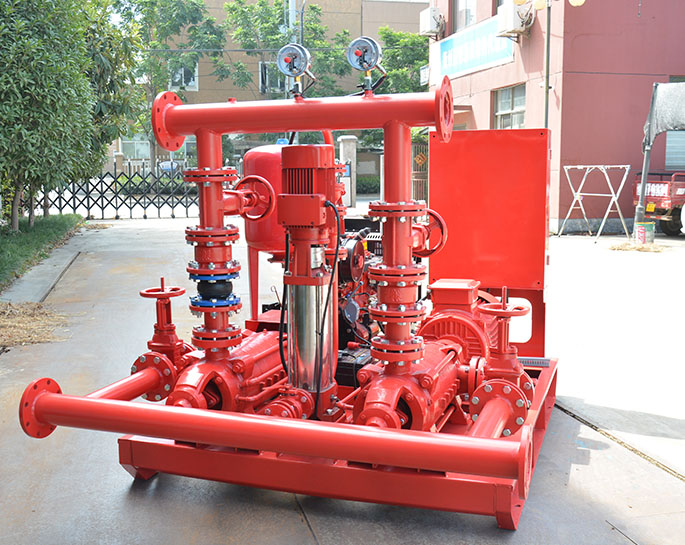Causes of fire pump vibration
Fire pump vibrations can arise from various factors, and pinpointing the exact cause requires a comprehensive analysis of the pump system. Here are some common causes of fire pump vibrations:
-
Misalignment: Misalignment of the pump and motor shafts can lead to uneven loading, causing vibrations. This can be caused by improper installation or shifting over time due to mechanical wear.
-
Unbalanced Components: Imbalance in the rotating components, such as impellers, can lead to uneven forces and vibrations. This can occur due to manufacturing defects, erosion of impeller blades, or debris accumulation.
-
Cavitation: Cavitation occurs when low pressure at the impeller inlet leads to the formation and collapse of vapor bubbles. This phenomenon causes shock waves that can damage impeller surfaces and create vibrations.
-
Pump Cavitation: If the pump experiences cavitation due to inadequate suction pressure or blockages in the suction line, it can cause erratic vibrations.
-
Mechanical Looseness: Loose mounting bolts, foundation bolts, or other components can create vibrations as the pump operates.
-
Worn Bearings: Worn or damaged bearings can cause uneven movement and vibration in the pump. This can result from inadequate lubrication, contamination, or normal wear and tear.
-
Piping Issues: Inadequate support or improper pipe routing can lead to stress and movement that cause vibrations to transmit to the pump.
-
Resonance: If the pump's natural frequency coincides with the frequency of external forces (such as motor vibrations or system pulsations), resonance can occur, amplifying vibrations.
-
Electrical Issues: Voltage fluctuations or unbalanced phases in the electrical supply to the motor can lead to uneven operation and subsequent vibrations.
-
Impeller Damage: Physical damage to the impeller, such as from debris or operation in conditions beyond its design limits, can cause vibration issues.
-
Wear and Tear: Over time, wear and tear on various components can lead to changes in the pump's performance and vibration characteristics.
-
Temperature Fluctuations: Extreme temperature variations can cause expansion and contraction of components, potentially leading to misalignment or mechanical issues that result in vibrations.
-
Foundation Problems: Weak or uneven pump foundation can allow vibrations to be transmitted to the pump, amplifying the issue.
-
Hydraulic Imbalance: Hydraulic imbalances due to blockages, partially closed valves, or issues with the system can lead to uneven fluid flow and vibrations.
To diagnose and mitigate fire pump vibrations, it's essential to conduct a thorough inspection of the entire pump system, including the mechanical, hydraulic, and electrical components. Regular maintenance, proper installation, and addressing issues promptly are key to preventing and resolving vibration problems in fire pump systems.


.png)
.png)

.png)


